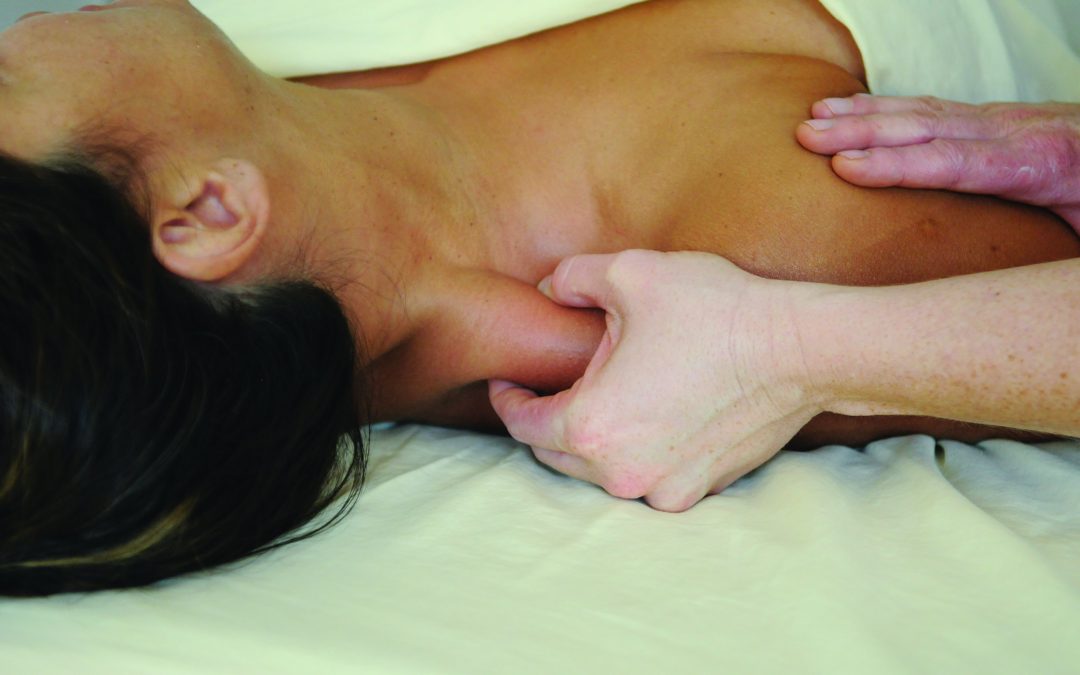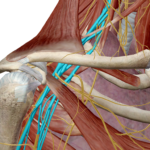
Thoracic Outlet Follow Up
 A client of mine recently read the previous post and asked about her hands going numb when she slept. It was an excellent question.
A client of mine recently read the previous post and asked about her hands going numb when she slept. It was an excellent question.
Why do hands go to sleep when we sleep? They’re tired? 😉

 A client of mine recently read the previous post and asked about her hands going numb when she slept. It was an excellent question.
A client of mine recently read the previous post and asked about her hands going numb when she slept. It was an excellent question.
Why do hands go to sleep when we sleep? They’re tired? 😉
 In the last post I wrote about restrictions, movement and neural gliding.
In the last post I wrote about restrictions, movement and neural gliding.
Two examples come to mind. Thoracic Outlet Syndrome and Piriformis Syndrome. Both of these conditions illustrate myofascial work very well. In this blog, I will focus on Thoracic Outlet Syndrome (TOS).
What the patient experiences
So you’re laying on the table and the therapist says that something is stuck. “What is stuck?”, you say.
From my perspective, ‘being stuck’ refers to the tissues I am worki ng on not moving in a healthy manner. It can refer to a limb or joint not moving fluidly or it can have implications on neural gliding, the movement of nerves through the tissues.
ng on not moving in a healthy manner. It can refer to a limb or joint not moving fluidly or it can have implications on neural gliding, the movement of nerves through the tissues.
The Tissues, the art of palpation
Good question! That is what researchers around the world are trying to figure out. For centuries the anatomists have cut it away while looking at the bodily structures assuming it was unimportant. But now we have a new appreciation for what fascia is and what its function is. To understand the fascia within your body, you first need to eat an orange and then go fly a kite … or fishing. (Of course you can also go to www.biotensegrity.com for a thorough treatment of the concepts. )
The Orange … or grapefruit … or even a raspberry?